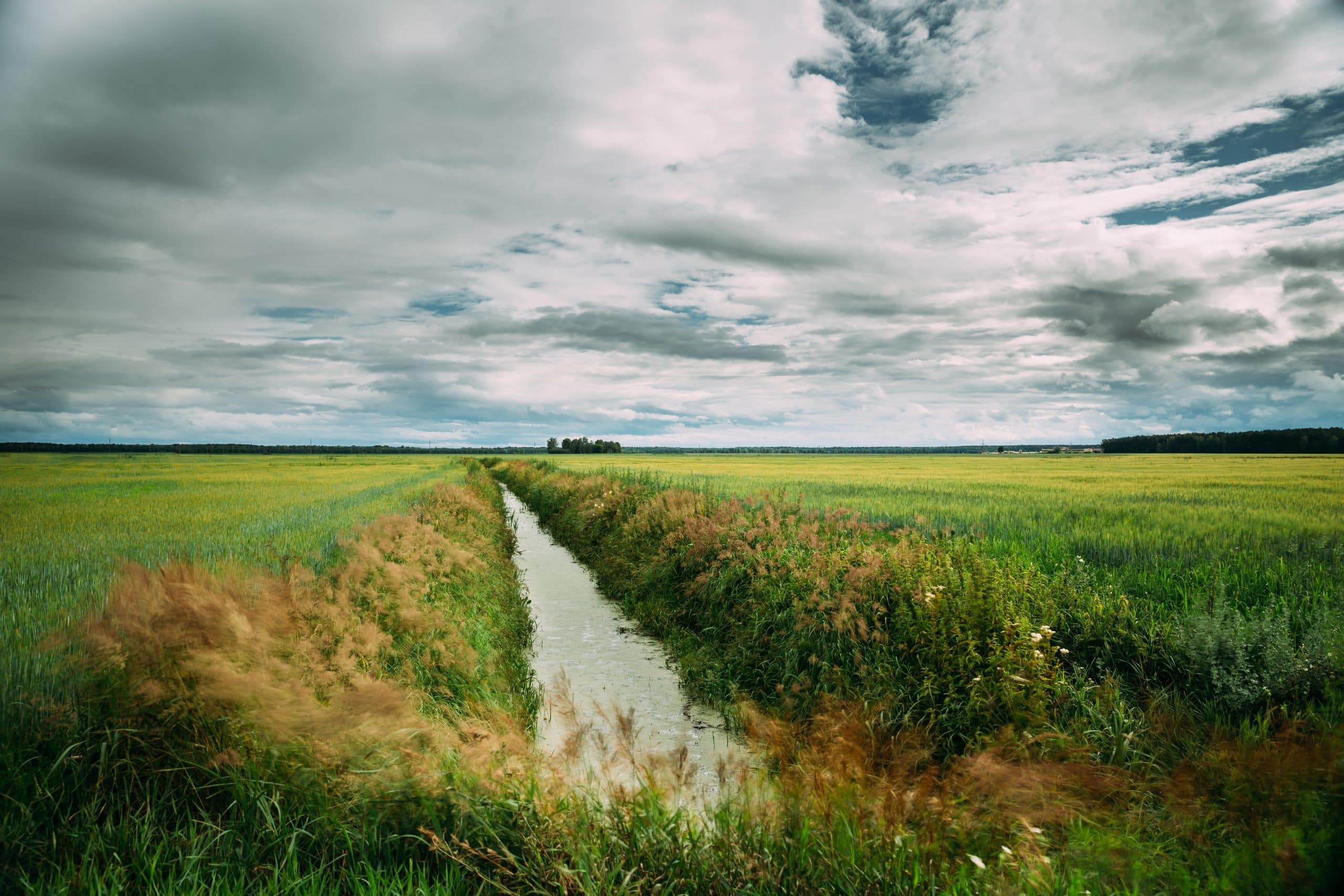Weather forecasting has always been a vital tool in our lives, helping us make decisions from what clothes to wear to when to plan our picnics and road trips. Yet, despite its importance, weather forecasting is often seen as unreliable. How many times have you canceled an outing based on a forecast of rain, only to see the sun shining bright?
Today, with the help of machine learning and deep learning techniques, the accuracy of weather forecasts is set to improve dramatically. Let’s delve into the fascinating world of meteorology and data science to better understand how these advanced technologies can amp up the quality of our weather predictions.
Cela peut vous intéresser : Chatbots and smart cities: assistants for citizens
The Essence of Weather Forecasting
Weather forecasting is a complex science that involves observing and interpreting vast amounts of data. Traditional methods of weather forecasting involve studying weather patterns and applying statistical models to predict future conditions. However, these models are not infallible. They often struggle with accuracy, especially when making long-range forecasts.
Deep learning can significantly improve the quality of these predictions. Before we delve into the how’s, let’s take a moment to understand what deep learning is.
A découvrir également : How Is Augmented Reality Enhancing Interactive Learning in Museums?
A Primer on Deep Learning
Deep learning is a subset of machine learning. It uses a layered structure of algorithms called an artificial neural network. These algorithms operate on a system that mirrors the human brain, processing data in a way similar to how neurons function.
Deep learning algorithms can learn and improve from experience. They adapt their behavior based on the patterns they recognize in the data, making them particularly effective for tasks like image and speech recognition, natural language processing, and, of course, weather prediction.
How Can Deep Learning Improve Weather Forecasts?
Now that we have a basic understanding of deep learning, let’s see how it can enhance the accuracy of weather forecasting models.
Deep learning can help improve weather predictions by identifying and categorizing more complex patterns within weather data. In traditional weather forecasting models, the focus is primarily on high-level patterns. However, these models often fail to capture more subtle variations, leading to less accurate forecasts.
Through deep learning, we can train models to understand these minute changes. The machines can "learn" from vast amounts of past weather data, recognize patterns, and make accurate predictions about future weather conditions. In essence, deep learning enables weather forecasting to become more detailed and precise.
The Role of Climate Data in Deep Learning Models
Climate data forms the backbone of weather predictions. With deep learning, we can process vast volumes of data at an unprecedented speed. This data includes historical weather patterns, atmospheric pressure, humidity, wind speed and direction, and many other factors.
By processing and analyzing this flood of data, deep learning models can make more accurate and timely weather predictions. For instance, they can help predict the path of a hurricane with greater precision or forecast local weather conditions more accurately. The more data these models are fed, the more accurate their predictions become.
The Future of Weather Forecasting
The use of deep learning in weather forecasting is still in its early stages. Yet, the improvements we’re seeing are significant. As technology evolves, we can expect even more accurate forecasts that will help us plan our activities better and protect us from potential weather hazards.
Despite the complexity of weather patterns and the vast amount of data to be processed, deep learning is showing a promising way forward. It illustrates the transformative potential of machine learning not just in meteorology, but in many other fields as well.
While the weather will always remain somewhat unpredictable, deep learning brings us a step closer to more accurate, reliable forecasts. The next time you check your weather app, remember that it’s not just meteorology at work, but also a touch of machine learning magic. From deciding whether you need an umbrella to predicting the onset of a storm, deep learning is transforming the way we interpret and predict weather patterns.
Harnessing the Power of Deep Learning for Real-Time Weather Forecasts
Real-time weather forecasts pose a challenge due to the dynamic nature of weather conditions. Predicting these changes requires the capacity to process an enormous quantity of data quickly and efficiently. Enter deep learning!
With the help of deep learning, meteorologists can process vast amounts of weather data in real time and make accurate predictions. Deep learning algorithms can quickly interpret changes in data such as temperature, humidity, wind speed and direction, atmospheric pressure, and more, leading to more accurate, real-time weather forecasts.
The power of deep learning lies in its ability to adapt and learn from experience. By using neural networks, deep learning can recognize patterns in weather data, learn from them, and make predictions based on this information. Unlike traditional statistical models, these predictions consider subtle variations and changes in weather patterns.
For instance, a deep learning model can analyze the wind speed and direction over a particular area and predict the likelihood of a storm. Similarly, it can utilize historical weather data to predict the probability of rain in a specific locality.
In addition to improving the accuracy of predictions, this real-time analysis allows for more timely weather updates. This is vital for life-saving warnings in severe weather conditions, such as hurricanes and tornadoes.
Conclusion: Embracing the Future of Weather Forecasting with Deep Learning
In conclusion, deep learning offers a promising solution to the challenges that weather forecasting faces. Its ability to process and analyze complex weather data quickly and efficiently can vastly improve the accuracy of weather predictions. While we still have a long way to go in fully exploiting this technology, the progress so far is promising.
As we continue to refine and develop deep learning models, the future of weather forecasting looks brighter. We can anticipate more accurate weather predictions that can help us plan better and stay safe in adverse weather conditions.
Moreover, the potential of deep learning extends beyond weather predictions. From improving healthcare diagnostics to enhancing business operations, deep learning is poised to revolutionize numerous fields.
The next time you find yourself checking your weather app, remember that it’s not just meteorology but also the power of machine learning and deep learning working behind the scenes. As we feed more data and refine our algorithms, we come closer to a future where we can predict the weather with great accuracy, come rain or shine!






